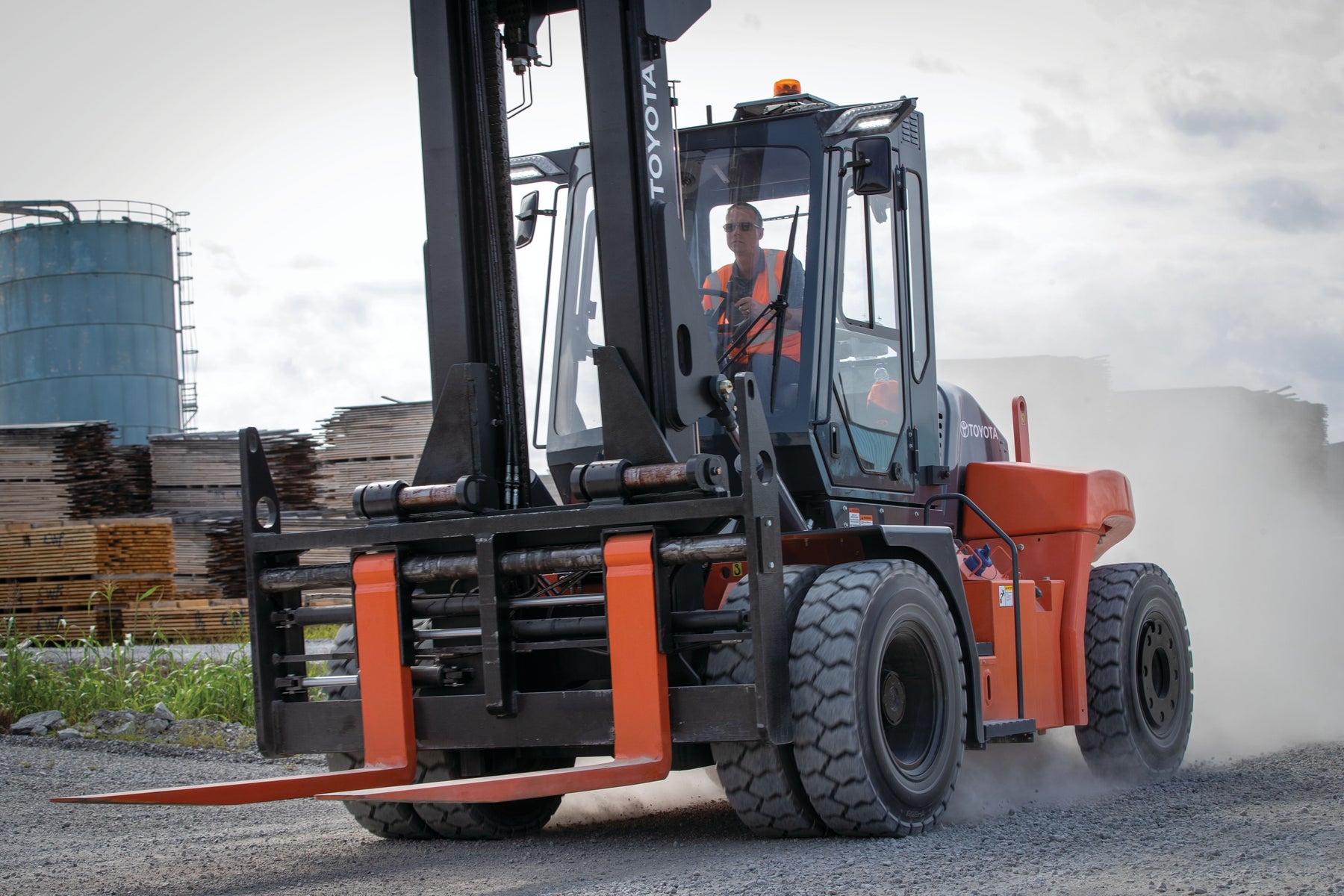
Do Your Forklift Operators Take Ownership of Safety?
Forklift safety in the workplace is everyone’s responsibility. From pedestrians to managers to entry-level workers who are just starting their first week in the warehouse or distribution center, each person who steps into the workplace should take personal responsibility for their safety and the safety of everyone else in the area.
However, one group will have to take a share of ownership that exceeds all others: the operators who sit behind the controls of a lift truck at any given time. Yes, workers on the floor need to stay attuned to lights and audible signals, and they need to pay attention and not walk absently into the path of a moving truck, but at the end of the day, the truck operator should own every potential safety incident and work hard to prevent such incidents from happening. Here are a few ways to make sure your operators have the training and the attitude to accept this responsibility.
Forklifts are Dangerous, Now and Always
Forklifts are dangerous machines that require respect. No matter how maneuverable they may be or how advanced and secure their safety features may become over time, they will always be large, heavy, in motion and replete with visual and auditory blind spots. Collisions and mishaps will always be possible. So, every training program should begin with an awareness of this fact.
The Rules Apply to Everyone
Too often, managers and trainers talk the talk but don’t walk the walk when it comes to forklift safety. Seat restraints should be mandatory for all, not just trainees. Signals should be used as a matter of course, not just when pedestrians are present on the shop floor. And at all times, senior staff members should set a safe and positive example, no matter who happens to be watching. Managers should respect lifting specifications, wear hard hats in hard hat zones, refrain from horseplay and conduct detained preflight maintenance checks. Don’t allow anyone to cut corners.
Culture Matters
Encourage every person in the workplace—especially forklift operators—to cultivate a culture of safety. For example, if a warning sign is tattered and unreadable, a passing employee should feel empowered to report it and have the sign replaced. If the employee speaks up, management should listen, thank the person and replace the sign. The same applies to a truck maintenance problem, an unsafe floor, a fuel leak or any other early sign of trouble. If any link in this chain breaks, safety culture erodes, and everyone pays a price.

